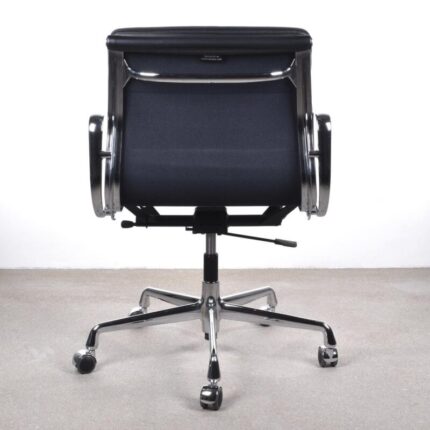As the Navy replaced its wooden Ships of the Line with ironclads, the swift frigates and cruisers remained wooden so they could keep their speed and maneuverability for their sneak, search and chase missions. However, the advent of the ironclads ushered in more powerful, explosive shells… meant to pierce armor, they would wreak complete destruction on the wooden ships. So as an expedient compromise they Navy built “Protected Cruisers,” which were not hulled with steel armor (to wit, an ironclad), but were protected with a steel armored deck. Any loss in speed and steerage from the weight was offset by the more efficient Inverted bow.
This woolie is beautifully worked and is particularly interesting in that the style of work is more characteristic of those made much earlier in the 1840s and mid-century with a good variety of complex stitches, including fancy cable stitches and a predominance of short stitches. This could merely be because the sailor had the patience and talent to execute the more difficult and time consuming work that had gone out of practice by that time. But another likely reason is suggested and reinforced by the fact that this piece portrays an American vessel: while we normally assume woolies to made by British sailors, even when depicting ships of other nations, it is possible that an American sailor at this later date would base his work on older woolie that he had encountered, rather than following the latest “fashion” as practiced in the contemporary British Naval Hospitals… I would suggest that this is quite likely a rare American woolie.
The woolwork remains in quite good condition, with very strong and bright colors. There has been some loss of wool from old nibbling, but mostly just around the edges. The inscription that lies mostly hidden behind the frame, having been made with threads rather than yarn, has disappeared a bit. Mounted in it’s original bird’s eye maple veneered frame.
Measures: 15 in H x 13-5/8 in W
Framed: 21 in H x 19-3/8 in W
-
Dimensions:Height: 21 in (53.34 cm)Width: 19.38 in (49.23 cm)Depth: 1.25 in (3.18 cm)
-
Style:Folk Art(Of the Period)
-
Materials and Techniques:WoolHand-Crafted
-
Place of Origin:United States
-
Period:1880-1889
-
Date of Manufacture:Circa 1885
-
Condition:GoodWear consistent with age and use. Minor losses.
-
Seller Location:Nantucket, MA
-
Reference Number:Seller: AD – 286-68 WWOOSeller: LU903937110012




































Reviews
There are no reviews yet.